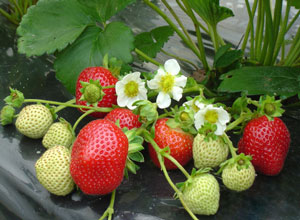 A fairly common pest of strawberries is a slobber penny. This pest draws juice from the very core of the plant. It can be seen, as a foam appears in the center of the bush. This pest protects itself from the sun and releases its saliva.
A fairly common pest of strawberries is a slobber penny. This pest draws juice from the very core of the plant. It can be seen, as a foam appears in the center of the bush. This pest protects itself from the sun and releases its saliva.
Methods of dealing with this penny can be several methods. Go through the strawberry plantation, collect and destroy this tick. It is not small in size and clearly visible. There is another way to fight: to make a solution of potassium permanganate and hot (60-70 degrees) to pour over strawberry bushes. This procedure is always beneficial for strawberries, even when flowering occurs and does no harm. But, it is better to apply this method in the evening. It is important to know that it is better to pour less hot water (45 degrees) on young bushes. pay attention to tips from experienced gardeners on growing strawberries.
The strawberry spider mite is very small and you cannot see it with the naked eye. It is under the leaf and sucks the juice. This greatly weakens the plant, the leaves curl, and the bush grows smaller. If this pest spreads strongly, then the leaves turn yellow and then die.
The fight against him can be carried out in the same way as in the first case, with boiling water. But it can also be treated with colloidal sulfur or Nero. But these are pesticides and you can use them only after the harvest is completed.
Strawberry Brown Spotting
The drug, which can be prepared at home: 5 grams per 10 liters of water potassium permanganate, 1 bottle of iodine, 20 gr. soap and 2 tablespoons soda.
Treatment can be carried out with a copper preparation, a Bordeaux mixture. If the lesion is massive, then you can use Oksikhom, Ridoml or Skor. This treatment is necessary because after a massive lesion, the fungus can destroy from 60% to 100% of the leaf and the bush cannot fully eat, which in turn leads to the death of the leaf plate, and then its death.
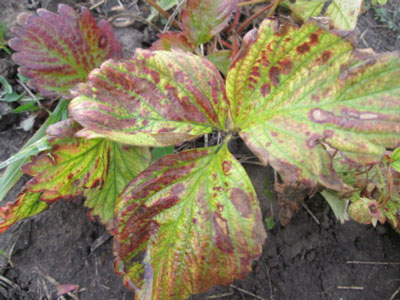
Signs of such a disease is the coating of leaves, as well as peduncles and mustaches with dark spots. At first, it resembles dried leaves along the edge, and then dark pads are marked on the top of the leaf - this is the fungus mycelium. The reasons for the spread of the fungus can be different: excessive dampness, insect pests - carriers of the disease.
Black and late blight
The causative agent of the disease develops very quickly on a product that rots, while forming zygospores in plants that are dark in color and spherical in shape. Reproduction quickly occurs at high temperature and relative humidity, which is above 85%. Need to carry out processing strawberries in the spring from diseases and pests.
You can avoid these diseases and not protect against this disease by chemical means, if you grow strawberries in an upright position.
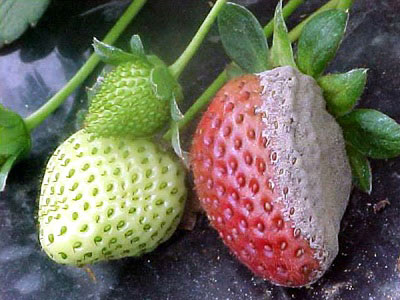
Another disease is late blight. It leads to a decrease in harvest by at least 15%, and there are cases that the entire crop dies. This disease affects everything that is above the ground: leaves, growth points, inflorescences, buds and the berry itself. Berries are most affected.Brown, hard spots appear on them. It is impossible to eat these berries, they are made bitter.
Ways you can fight: crop rotation, proper watering and top-dressing quality, planting healthy seedlings.
Fusarium wilt
What is necessary for a strawberry disease photo and their treatment-fusarium wilting? When such a disease occurs, redness appears in the middle of the bush. If it has become chronic, then the leaves take on the shape of a bowl, turn gray, and then fade and dry. There are few or no berries. Such a disease can completely destroy all strawberries in a few years.
The degree of infection depends largely on the climate, the level of agricultural technology and the maturity of seedlings. Often this disease affects plants with foci, which is associated with a reduced topography of the soil where strawberries grow. Sources of infection are also contaminated soil and this disease is found on plantations where strawberries have been growing for a long time.
High agricultural technology allows seedlings to be more resistant to disease. Also an important place is occupied by non-diseased planting material and correctly performed crop rotation. If foci appear on the site, infected bushes must be removed.
To reduce the severity of the disease, certain protective measures can be taken: introduce a large amount of potassium oxide, as well as lime into the ground. Mulch the black vinyl film. You need to carry out the right care. post-harvest strawberry care.

Verticillin wilt and other fungal diseases
How to find out signs of a strawberry disease photo and their treatment? When a plant becomes sick with verticillosis wilting at the beginning of the petiole, especially at the last stage of vegetation, they become red, the bush is flat and underdeveloped (dwarf). The first leaves fall sick first, and then the whole bush. If the soil is sandy, then the bush may die faster, slower if the soil is loamy or sandy loam.
If the disease is caused by ascomycetes fungi, then the plant is completely affected: leaves, berries and even roots. Such a disease can affect all plants that grow in the garden. The fungus develops quickly when it often rains and the weather is warm. The fungus can enter through the already infected seedlings, during watering through water, tools and even through the wheels of the vehicle.
Signs of the disease are brown spots on the leaves, which begin to crack over time. The diseased leaf does not dry, but is a source of infection. Shoots are also affected by brown spots, which have a bright center. On the berry itself, the spots are initially small and watery. But, when the disease begins to progress, the spots begin to grow, darken. You cannot eat such berries.
In the early stages of the disease, fungicides can be used: Ridomil, Quadris, etc. And when the disease began to manifest itself strongly, then you need to spray with a Bordeaux mixture.
Nematode - Straw Pest
Very ill bushes become similar to broccoli.The leaves become twisted, petioles become shorter, the mustache, on the contrary, becomes thicker, the flowers become very distorted and ugly. Naturally, the berry, even if it is fully ripe, but completely tasteless and curved. When the rainy season comes, the nematode multiplies greatly.
Recommended:Schemes and combinations for mixed planting vegetables
Agronomists recommend treating strawberries with a biological product called Nemabakt. A good option to plant marigolds next to strawberries. They have the property of not allowing the nematode to breed. It certainly will not go anywhere if it already exists, but will not spread.
How strawberry fungal diseases form photos and their treatment brown spotting is of interest to many. This is a very famous and common disease that destroys up to 50% of the leaves, and this significantly weakens the plant. the cause of the disease is a fungal pathogen called Marssonina petontillae.
The disease is expressed in the appearance of large spots on the leaves and often at the end of the summer. At first they have a reddish color, and then they completely turn brown and they look like dry ones. Strawberry diseases Brown spotting strongly affects the formation of generative buds and this leads to a significant drop in yield for the next year.
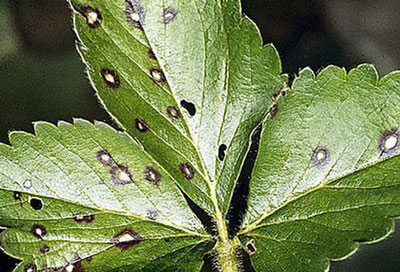
How to deal with this problem? First of all, it is necessary to grow varieties that are resistant to this disease. But if that happened, and the strawberry got sick, then experts recommend a drug called Gamair. It is also important to apply the methods of proper farming and to carry out prophylaxis with drugs in order to prevent a fungal disease. To do this, in autumn it is necessary to spray the area with a drug called Ordan, Falcon or Metaxil.
Different types of weevils
How to deal with such insects? Even when the buds begin to form, and immediately after harvesting, the area with strawberries needs to be sprayed with a 3% solution of karbofos: 30 grams of the drug per bucket of water. In the fall, plant debris must be destroyed and the aisle loosened.

Nettle leaf weevil is another pest that has a green color, a wide but short proboscis. This insect eats the edges of the leaves. When the peduncles begin to appear, weevils pupate. Larvae are in winter in the ground, and by the end of summer, strawberry roots are damaged.
How to fight? To cultivate a culture of more than four years on the same area is not recommended. It is necessary to loosen the soil before it blooms and after harvesting is done. Also carry out processing with a prepared solution of karbofos 50%, in a bucket of water 30 grams. Can plant strawberries under cover material.
Causes of Strawberry Disease
It happens that strawberries wilt. This may be a lack of watering, but it may also be the result of a damaged root system from the bear or mole. In the fight against the bear, there are many insecticides that need to be laid in the hole when planting seedlings.

Strawberry rots.There are several reasons for this. Most often it is caused by fungal diseases provoked by high humidity. They can also deteriorate from the fact that they are densely planted and have poor ventilation. Rotten fruits must be removed. It would also be nice to carry out prophylaxis when the first ovaries appear: mulch the entire area with sawdust so that the berries do not come into contact with the ground.
In order for the strawberry not to be sick, it is necessary to comply with all agrotechnical laws and perform root and leaf dressing on time, so that the plant is healthy and transfers the disease more easily. For example, very effective is this tool, which helps not only to have a better harvest, but also to fight against pathogenic flora.

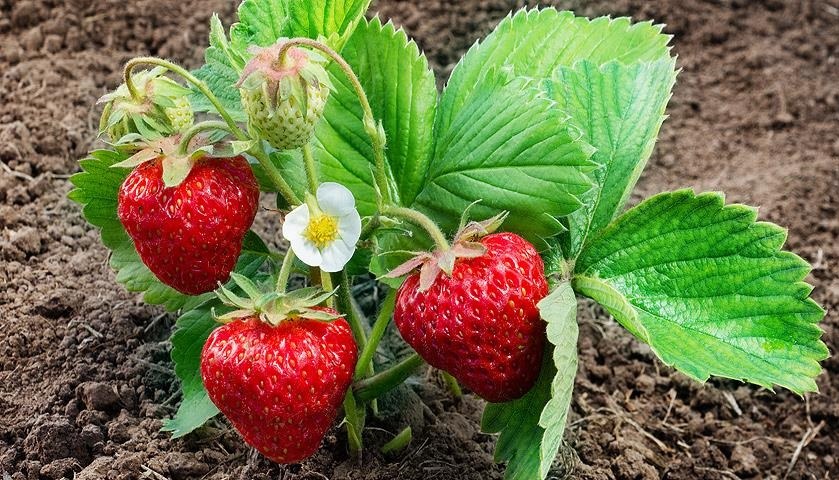
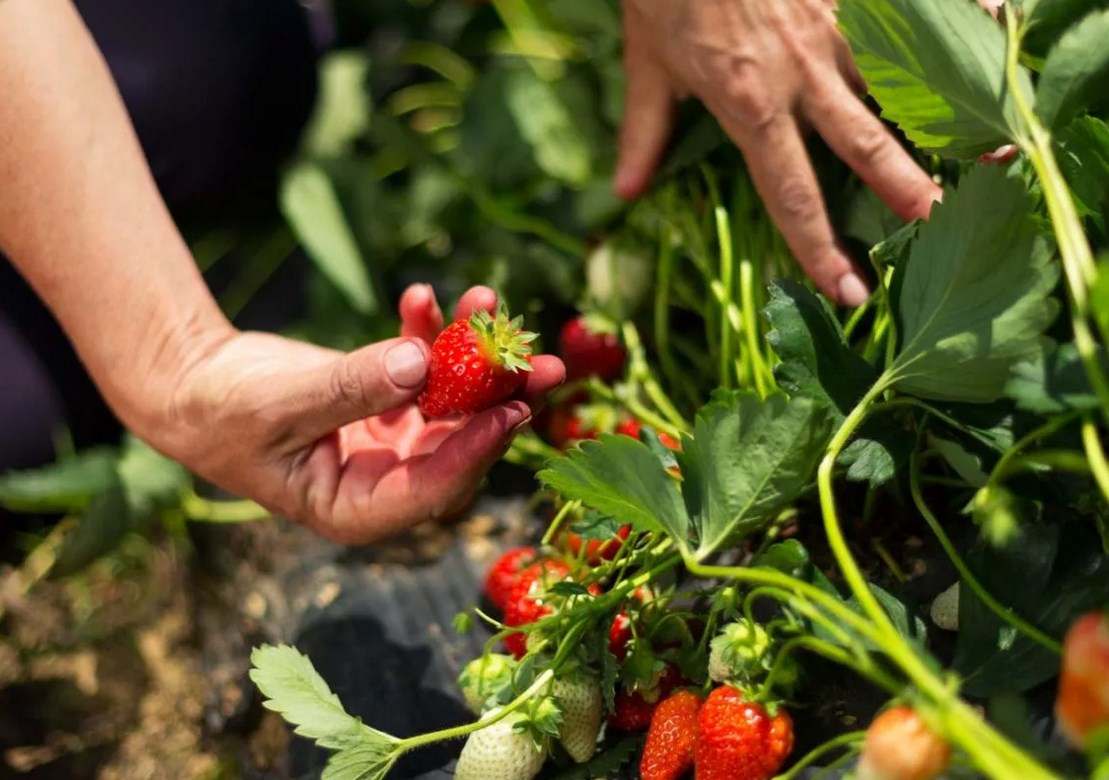
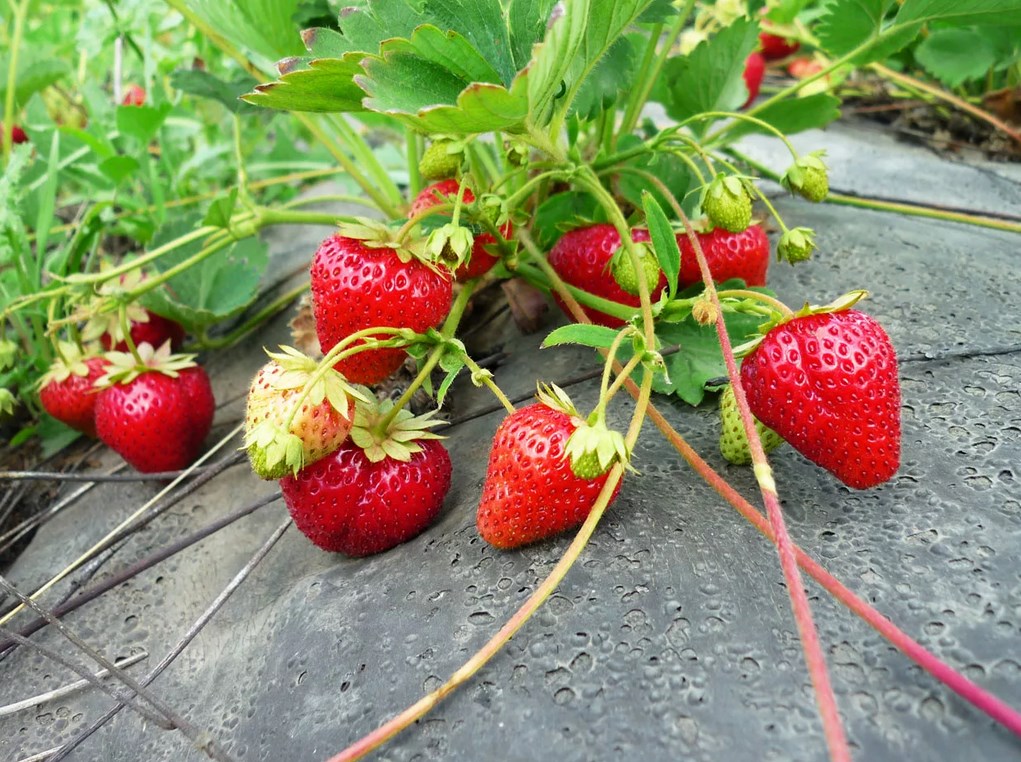
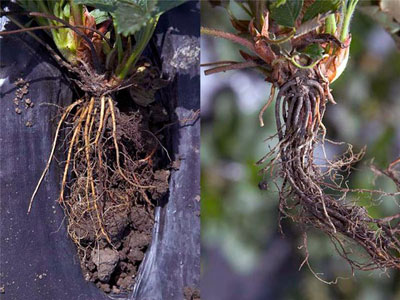
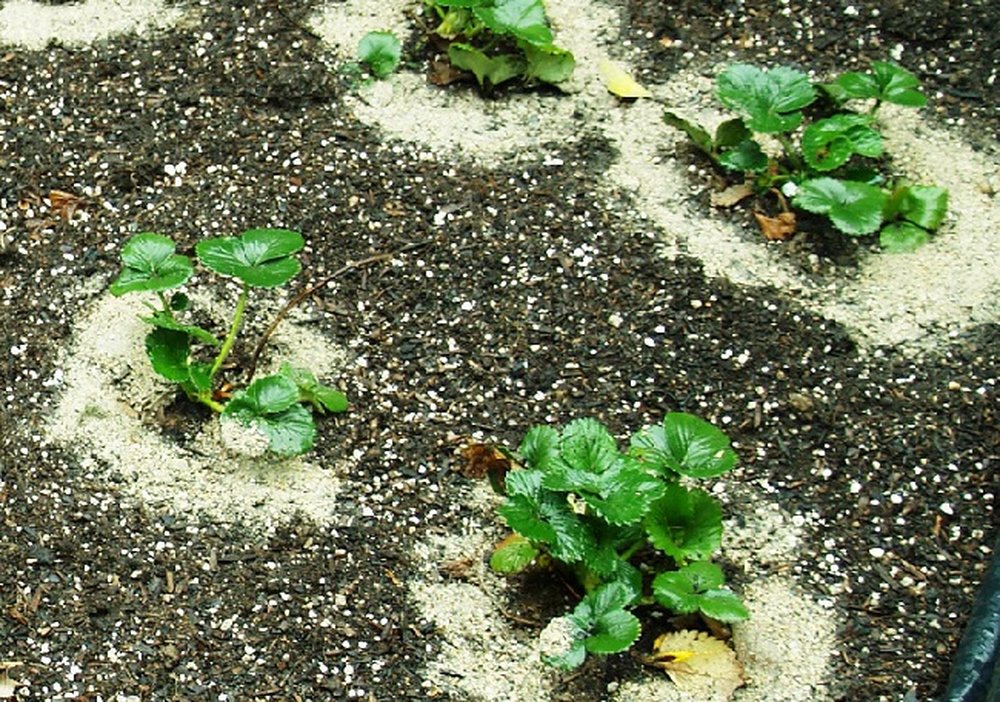 When to plant strawberries for seedlings from seeds in 2024
When to plant strawberries for seedlings from seeds in 2024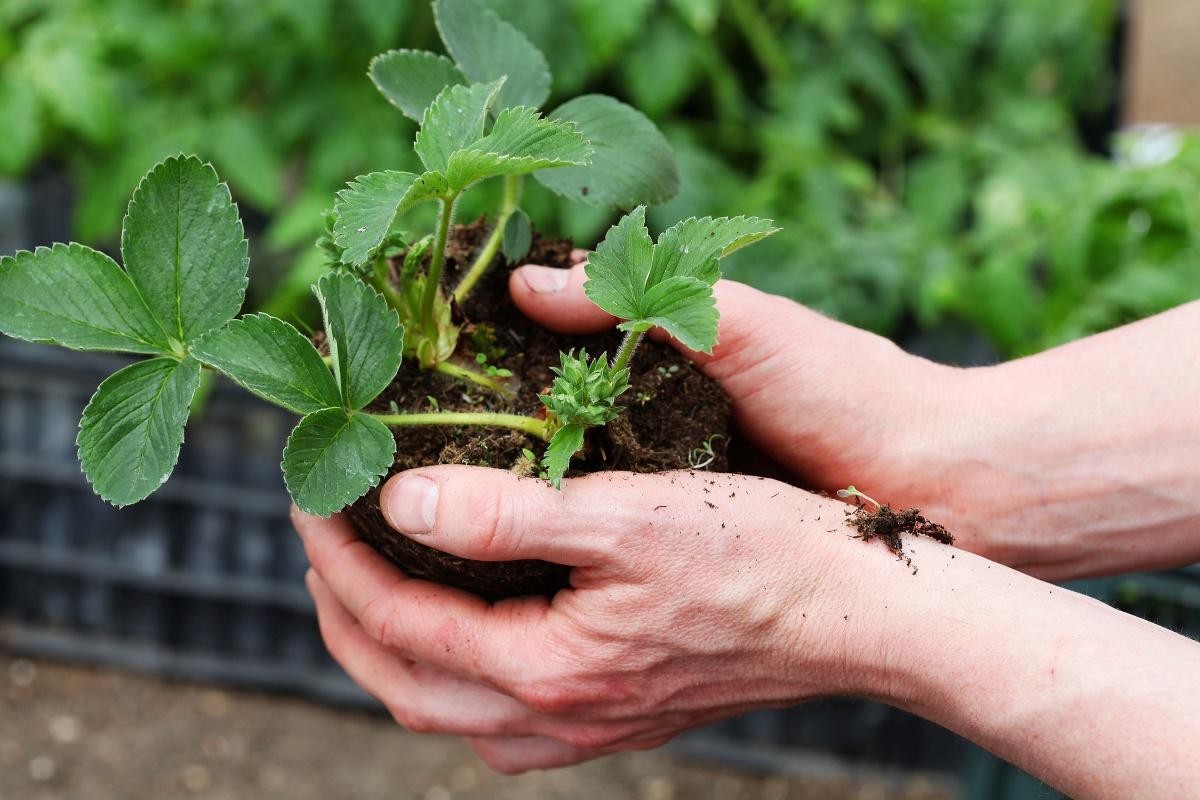 What month is better to choose for a strawberry transplant in the fall
What month is better to choose for a strawberry transplant in the fall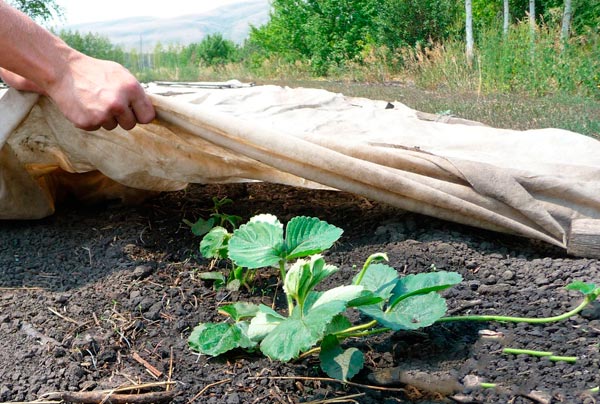 How to cover strawberries for the winter
How to cover strawberries for the winter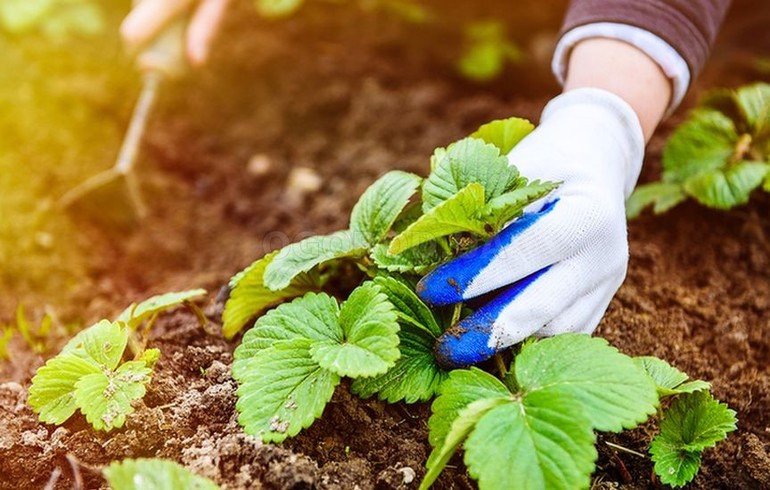 Proper care and pruning strawberries in the fall in the suburbs
Proper care and pruning strawberries in the fall in the suburbs